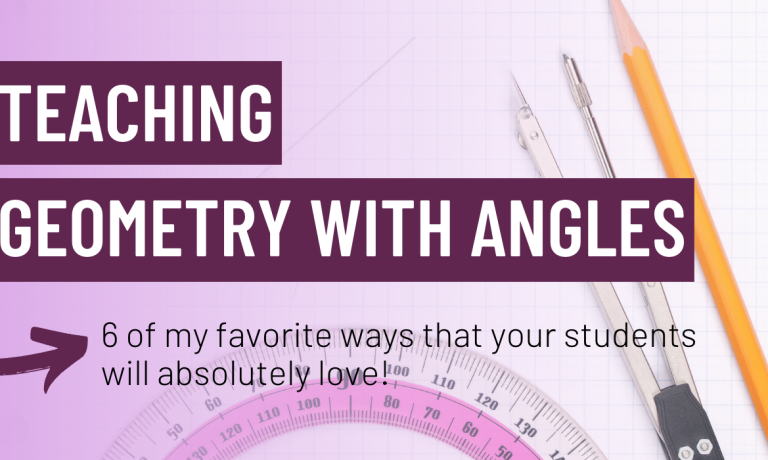Teaching geometry with angles to students can be challenging, as it requires them to understand abstract concepts and visualize two-dimensional shapes in their minds. However, there are several strategies that teachers can use to make the concept of angles more concrete and easier for students to grasp. Geometry is an important subject in mathematics that teaches students about shapes, sizes, and the properties of space. One key concept in geometry is angles, which are formed when two lines intersect at a point. Angles are a vital part of our everyday lives and understanding them is crucial for success in many fields, including architecture, engineering, and design.
Real-World Examples for Geometry with Angles
One way to introduce angles is to use real-world examples. For example, students can measure the angles formed by the corners of a room or the angles formed by the branches of a tree. This allows students to see angles in their environment and understand how they are used in everyday life.
Hands-On Activities and Manipulatives
Another strategy is to use hands-on activities and manipulatives. For example, teachers can provide students with geoboards, protractors, and other tools that allow them to create and measure angles. This helps students to see how angles are formed and how they can be measured using a protractor.
Using Visual Aids for Geometry with Angles
Another helpful approach is to use visual aids such as diagrams, charts, and graphics. These can help students to understand the relationship between angles and to visualize how they are formed. For example, teachers can use diagrams to show students how to construct angles using a straight edge and a compass.
Types of Angles
It is also important for students to understand the different types of angles. There are four main types of angles: right angles, acute angles, obtuse angles, and straight angles. Right angles are formed when two lines intersect at a 90-degree angle, and are often used to form corners in buildings and other structures. Acute angles are angles that are less than 90 degrees, while obtuse angles are angles that are greater than 90 degrees. Straight angles are formed when two lines are parallel and are 180 degrees in measure.
To help students understand these different types of angles, teachers can use examples and activities that allow students to classify and measure angles. For example, students can measure the angles formed by the corners of a box or the angles formed by the branches of a tree. They can then classify the angles as right, acute, obtuse, or straight based on their measure.
Geometry with Angles Bisectors
Another important concept related to geometry with angles is angle bisectors. An angle bisector is a line that divides an angle into two equal parts. Understanding angle bisectors is important because it allows students to understand how to divide angles and create symmetry.
Teachers can introduce angle bisectors by first reviewing the concept of angles and how they are formed. They can then demonstrate how to divide an angle into two equal parts using a straight edge and a compass. This can be done through hands-on activities or by using diagrams and graphics.
It is also important for students to understand the relationship between angles and shapes. For example, students should understand that the sum of the angles in a triangle is always 180 degrees and that the sum of the angles in a quadrilateral is always 360 degrees. Teachers can use examples and activities to help students understand these relationships and how they apply to different shapes.
Practice Geometry with Angles
Finally, teachers can help students to understand angles by encouraging them to practice measuring and constructing angles on their own. This can be done through activities such as drawing and measuring angles using a protractor or creating angles using geoboards and other manipulatives. By practicing these skills, students will gain a better understanding of angles and be better prepared to use them in real-world situations.
